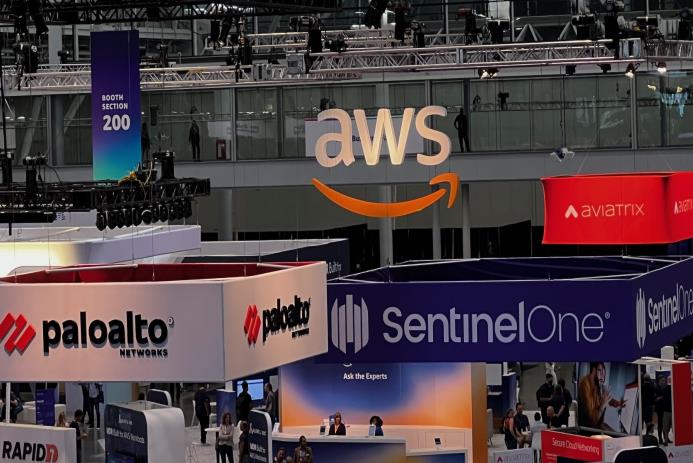
Amazon Resolves Massive Internet Disruption: AWS Services Restored
- 24 October, 2025
Understanding the AWS Outage and Its Widespread Impact
It was one of those mornings that reminds you how much of the internet is quietly propped up by a handful of services. An unforeseen outage at Amazon Web Services (AWS) rippled across the web, taking down everything from ecommerce storefronts to financial services and even some government portals. I remember refreshing status pages and Slack channels — that little knot in the stomach you get when traffic graphs go flat. Companies and users alike were left asking the same question: when will things be back to normal?
What Caused the AWS Outage?
From what AWS reported, the root cause came down to DNS resolution problems — the part of the internet that translates friendly domain names into IP addresses. Specifically, DNS resolution for DynamoDB API endpoints in the N. Virginia (us-east-1) region failed. DNS issues are deceptively messy: they masquerade as simple name lookups but can cascade through caches, CDNs, and service discovery systems. In other words, a small misstep at the DNS layer can suddenly look like a full-blown service outage.
Amazon’s Response and Recovery Process
AWS moved quickly — they reported the DNS glitch was mitigated by early morning Pacific Time — but that’s only half the story. Restoring DNS entries is one thing; getting every dependent service, third-party integration, and customer workload back to steady-state can take much longer. We saw that in real time: support desks were overwhelmed, and downstream platforms like Coinbase, Fortnite, Zoom, and Amazon’s Ring suffered interruptions. Even hardware-adjacent products, like Eight Sleep’s cooling pods, experienced knock-on effects — so yes, an infrastructure problem can ruin your night’s sleep quite literally.
Reflections on the Internet’s Reliability
This episode underscores a reality many of us have been edging toward admitting: the internet’s backbone is concentrated. AWS alone holds roughly 30% of the cloud market, and that level of concentration makes them a linchpin in digital stability. When a major provider hiccups, the effects are immediate and broad. I’ve seen this pattern over multiple market cycles — optimizations for scale and efficiency often increase fragility in ways that aren’t obvious until something breaks.
Recent Parallels in Global Internet Outages
It’s not an isolated story. Recall 2024, when a buggy update from a cybersecurity vendor cascaded into airport delays and widespread disruptions. Or think back to Akamai’s DNS issue in 2021 that took down big names like FedEx and PlayStation Network. These are not mere anecdotes; they’re part of a pattern where a single change or failure in critical infrastructure creates outsized global impact. Makes you a little skeptical of single-point-of-failure architectures, doesn’t it?
Guidance from Amazon and Looking Ahead
If you want the forensic details, the AWS Health Dashboard is the place to go — Amazon has been posting updates and timelines there. For teams dependent on cloud providers, this is a practical reminder to push for multi-region, multi-provider resilience where it makes sense. And while providers will keep hardening their systems — they have to, commercially and reputationally — there’s no silver bullet. Real resilience is messy, sometimes expensive, and always a trade-off between complexity and reliability.
One last thought — outages like these teach an important lesson: design for failure, but also design for clear communication. Customers remember the recovery narrative almost as much as the downtime itself. What struck me this time was how quickly services recovered once DNS was mitigated, and yet how long the downstream effects lingered. That gap is where engineering and product teams need to focus their attention.








